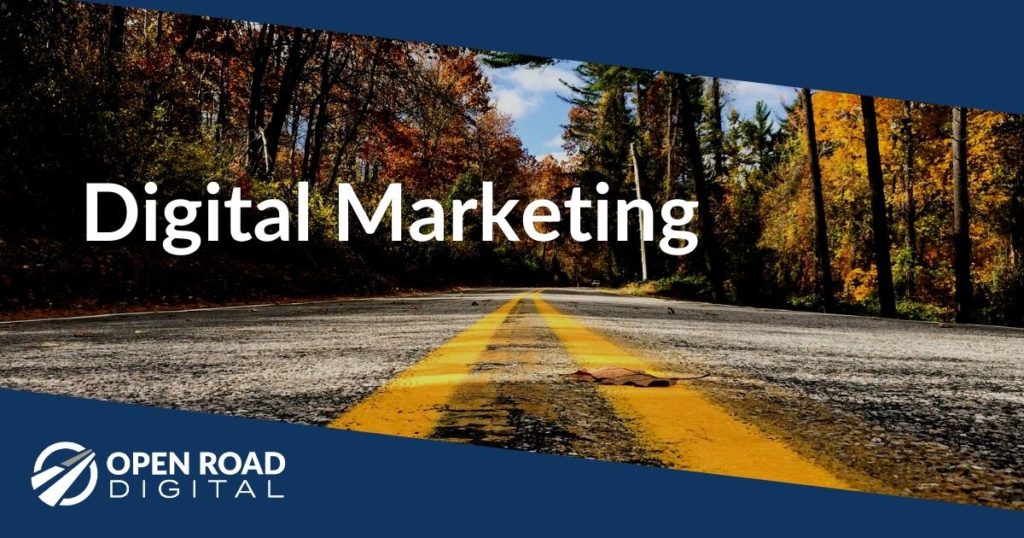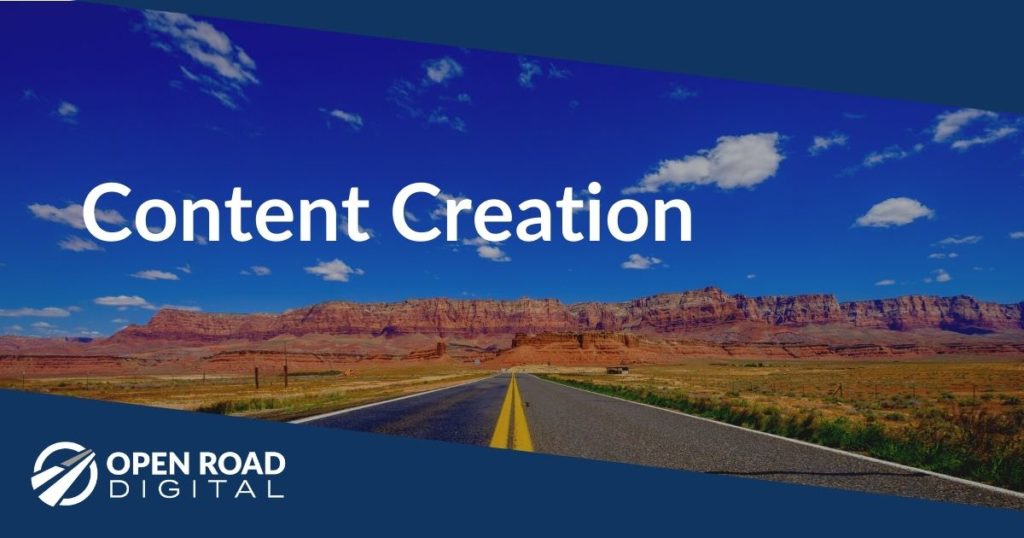“Social Media – why should I bother?” In other words: What will I get out of it? What’s my return on investment (ROI)?
It’s a good question that is often asked by those many professionals who so easily and blithely dismiss the need to even create an accurate and updated LinkedIn profile for themselves. So, what’s the answer?
Strictly speaking, the term ROI refers to a financial return on one’s investment. In other words: Return on Investment (%) = (Net profit / Investment) × 100.
As authors Chuck Hemann and Ken Burbary state in their book Digital Marketing Analytics, the strict definition of ROI is the only way “to track the direct effect your activities have had on [your] business.” And yet, countless professionals – be they consultants, lawyers, accountants, and others – give speeches, participate in industry panel discussions, publish articles, and sponsor events. It is not always easy or possible to track the direct financial ROI of these activities – activities that might be more readily measured using terms such as “return on engagement” or “return on influence,” for example.
Given this, here are five ways to measure your or your firm’s return on the time, effort, and expense invested in digital and social marketing:
1. Engagement With Your Connections. This category mostly pertains to LinkedIn. As a given, everyone should have already connected with all those friends, family, and professional contacts whom you have gotten to know over the years. But once that’s been accomplished, it’s necessary to keep in touch.
If you’ve published an article, or been interviewed for an article, then share that with your world. Inevitably, more meaningful experiences will occur that can lead to a direct financial benefit. As in: “Joe, I saw your post. Let’s get together for lunch.” Such in-person meetings have a higher probability of leading to business. Oftentimes it starts by being the first one to reach out, and that means posting and sharing to your niches via social networks.
2. Listen. Epictetus (or as Ford Motor Company’s social media head Scott Monty says, nearly everyone’s grandmother) said, “We have two ears and one mouth so that we can listen twice as much as we speak.”
If you are listening to what your connections are saying and posting – on LinkedIn, on Twitter, on their company blog, and so on – then make sure they know that you’re paying attention. Slogging away at writing something can be a lonely experience. But to have someone comment positively (in public!) engenders goodwill. This listening activity can, just like with your outbound engagement, lead to offline opportunities for higher ROI activities. So, don’t treat social as just another PR channel to blast out your message. Be sure to listen more than you speak.
3. Followers. If you are working diligently at building your voice (i.e., your brand; your offering to the market) on social platforms, then you’ll slowly build an audience. On Twitter, for example, you want to build Followers. On Google+, you want to attract people into Circles. The point is to aim for quality over quantity (it’s very easy to “buy” followers, but such followers are highly unlikely to deliver any ROI). The more strategic time spent on these platforms, you’ll find that these online activities augment and amplify your offline activities. The two work in concert. Aim to have more high-quality connections at the end of each quarter.
4. Make Friends With Influencers. Speaking of followers, it’s important in any industry sector to identify those who are most important to growing your business. Interacting with these high-influence people – and hopefully having them follow you – is a “holy grail” return on your time invested, and it only comes if you are taking social marketing seriously. Offer up constructive content and commentary, and people will respond. You want to be counted amongst the “in” crowd.
5. Amplification. Taking all the above together, as your followers and relationships with influencers and your interaction with your connections grow, they will be more likely to share your content marketing, your commentary, and your expertise with others who are currently outside of your circle of engagement. That’s called growing the pie. And it will happen if you approach the social channels of digital marketing strategically and persistently.



